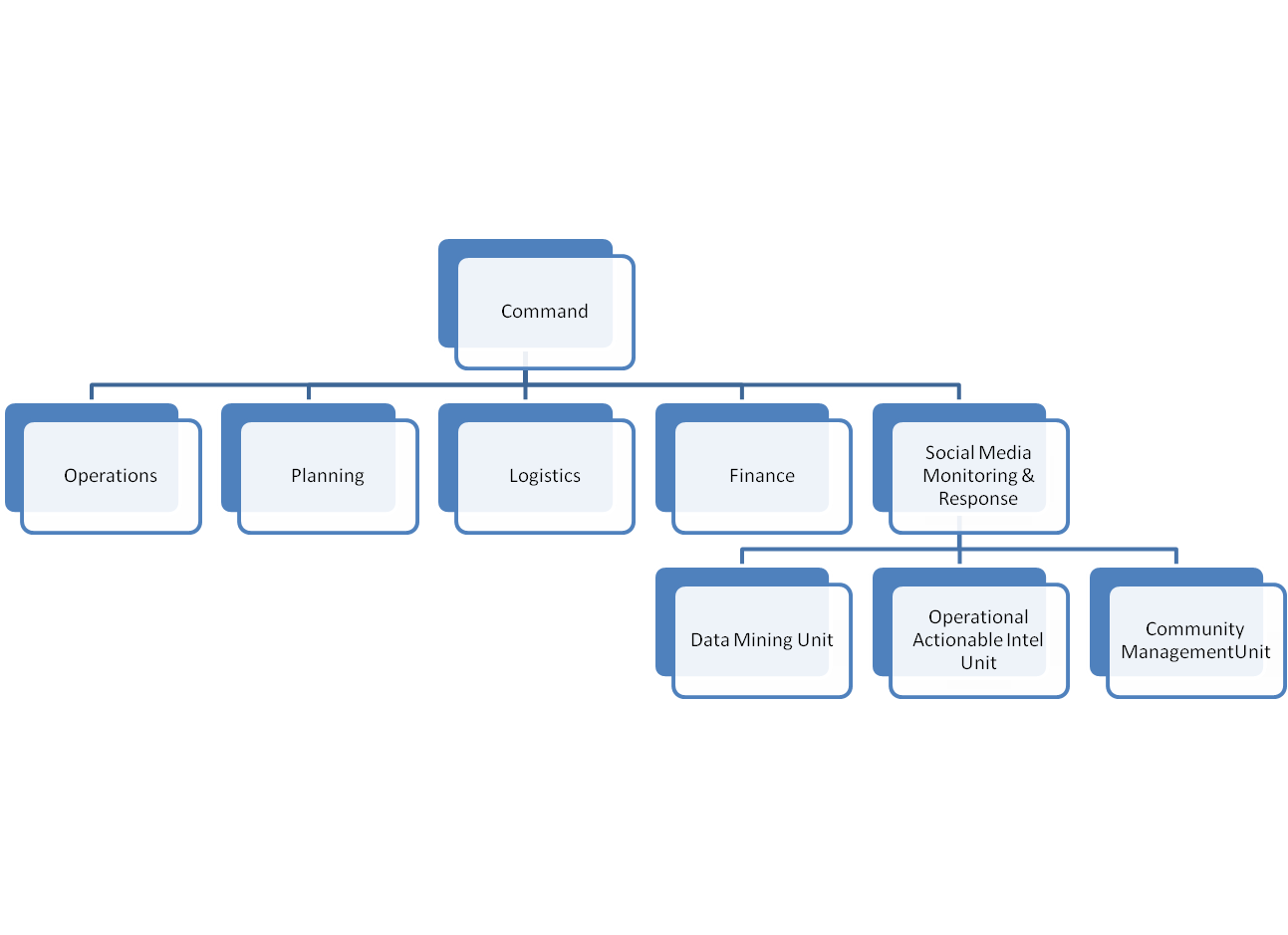 The 2014 HICS revisions tried to help cure the IAP resistance by publishing the Quick Start form. This is a good start but I’ll go one better. In order to help get buy-in from your Incident Management Team on the need for actually doing IAP I’m offering to send you a customized (IAP) Quick Start which is one piece of paper, printed double-sided. I am confident with a little bit of effort to train your team members this form will work for 75% of your events where you should be using the HICS IAP process.
The 2014 HICS revisions tried to help cure the IAP resistance by publishing the Quick Start form. This is a good start but I’ll go one better. In order to help get buy-in from your Incident Management Team on the need for actually doing IAP I’m offering to send you a customized (IAP) Quick Start which is one piece of paper, printed double-sided. I am confident with a little bit of effort to train your team members this form will work for 75% of your events where you should be using the HICS IAP process.
I am a passionate believer in the ICS when used as designed and customized for your organization. Properly utilized it has the potential to save time, effort and mitigate unnecessary morbidity and mortality. Feel free to contact me at abetteremergency@gmail.com to take me up on the offer.




Jan, as usual, succinct, concise and informing. I really like the Quick Start form but, would like to see columns for resource ID and communications. Perhaps by making the form in Landscape verses Portrait layout.
I always find the arguments over time to plan interesting, and often amusing. Amusing because those who don’t put forth anytime, are the same ones complaining when the are scrambling last minute, or throughout an event or incident, no one knows what is going on, roles are screwed up, etc.
In my mind, the time of writing the plan isn’t an issue, as whether using standard 2010 ICS forms, HICS forms, old ICS forms, HazMat specific forms, or other formats; the writing isn’t time consuming. Getting the right people in a room together, and getting accurate information the first time, in order to accurately and effectively capture on the forms can be time consuming.
If those key people are just trained on the necessary information, just once, and have either a simple questionnaire or the form templates ahead of time, it doesn’t take that much time. The meetings should have a set agenda, and go in order to address overlaps, duplication and gaps. These meetings can often take minimal time.
Then we get into bigger events, with too many players, and those players never come to the table until the day of and chaos ensues. A little time to coordinate, even if virtually really does pay off, verses the time and headaches of trying to fix the easy things on the fly.
It is just as important to take a little time after to identify the issues that occurred, whether in a form or a hotwash and effectively address them. Most IAPs can be templated to a 80-90% solution, especially for pre-planned events, and the planning takes little time. But, not planning costs more money, more time, and causes more headaches and in some cases conflicts.
Just my thoughts.
Hey Jan,
Another great post. I completely agree with Dusty’s comments. I was recently involved in re-writing a HICS training program and I have a lot of concerns about the Quick Start IAP and ensuring that it’s not taken out of context. The planning process is absolutely essential, and generally the amount of time it takes is proportionate to the size and complexity of the incident. The Quick Start IAP seems to largely disregard the planning process in favor of simply filling out forms – which is not what ICS is about, despite the perception. The IAP is the physical product of the planning process and certainly the forms involved tend to intimidate people who are new to this. You are right that the current ICS training is partially at fault, but some of this is also resistance to something different for the organizations who aren’t, or rarely, using it.
TR